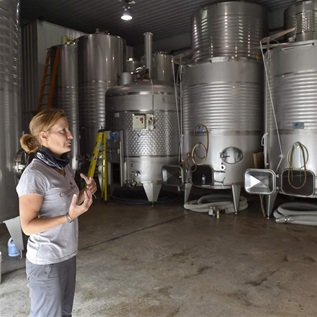Retirement Security Project Releases Scorecard on Pension Protection Act of 2006
The Retirement Security Project (RSP) released its analysis of the Pension Protection Act of 2006 signed into law today by President Bush. The new law includes several key provisions that will make it easier for middle - and low-income workers to save for retirement but falls short in some key areas.
One of the biggest strengths of the law is the removal of a number of barriers to adoption of automatic 401(k) features. In addition, the law added provisions to make it easier to save and to save more as income increases, and to invest in assets that help ensure financial security in retirement.
Research shows that automatic enrollment, one of these features, substantially boosts the rate of plan participation - sometimes to levels as high as 95 percent -- with particularly dramatic increases for lower-income workers, minorities, and women.
Dr. Peter Orszag, Director of the Retirement Security Project said, “We estimate that the automatic 401(k), when fully phased in, could generate $10 to $15 billion of additional contributions to 401(k) plans each year.” “Those additional contributions will bolster retirement security for millions of workers,” Orszag added.
In fact, The Retirement Security Project estimates that auto enrolling an employee at age 29 instead of the current average age of 41 would generate nearly $130,000 in additional retirement savings. Today, among those nearing retirement with a 401(k) or IRA the median total balance is only $73,000.
Another key point in the law is encouraging automatic escalation of employee contributions to their 401(k). “Growing retirement savings in this country means getting more people to participate in their retirements plans, but also have their rate of savings grow as their income grows and as they get older,” Orszag noted.
RSP's scorecard shows that Congress has more work to do to make the Saver's Credit available to more lower-income households.
“We've been engaged in ongoing efforts to encourage employers in various industries to adopt automatic 401(k) features,” added Mark Iwry, Senior Adviser to the RSP. “By removing key obstacles, the legislation facilitates our efforts and those of other groups to expand participation and saving through automatic 401(k)s,” Iwry said.
The bottom line is that the automatic 401(k), which is encouraged under the new legislation, can benefit both America's economy and improve economic security for America's workers.
The Retirement Security Project is dedicated to promoting common sense solutions to improve the retirement income prospects of millions of American workers. The project is supported by The Pew Charitable Trusts in partnership with Georgetown University's Public Policy Institute and The Brookings Institution. The project is led by Peter R. Orszag, J. Mark Iwry and William G. Gale.
Pew is no longer active in this line of work, but for more information visit the Retirement Security Project on PewHealth.org.











